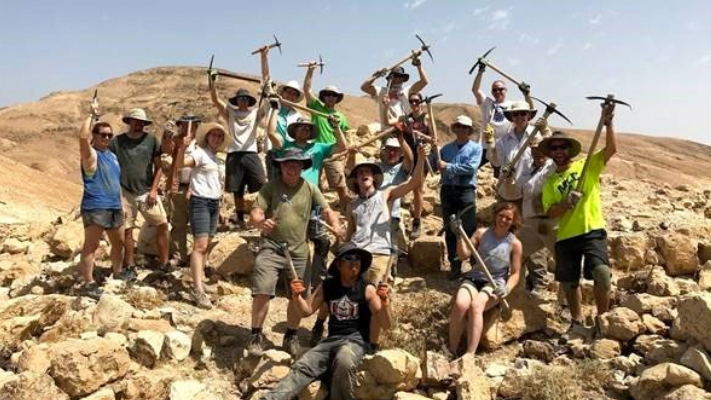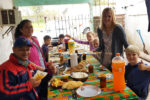 |
Archaeology can teach us some things, but it needs to be kept in perspective.
Thomas D. Kock
“Did you find anything?!?” That’s almost always the first question you’ll hear when you come back from an archaeological dig.
What we found
I helped lead a group of 20 people—pastors, teachers, students, and laymen—on an archaeological dig to Israel this past summer. We dug at Khirbet ‘Auja el-Foqa, a few miles north of Jericho.
And, yes, we did find some interesting things! First, we found two rather substantial pottery destruction layers. Generally a destruction layer occurs when a wall collapses. The pottery is crushed, and sometimes, there it stays. One on-site archaeologist commented that some archaeologists will spend their entire career without finding a pottery destruction as substantial as what we found. It’s valuable because it may allow others to put the pottery back together, which can help to date the site more accurately. We also found an ancient oven called a “taboon” and a round projectile that is perhaps the sort of stone David would have used in fighting Goliath.
What insights we gained
Maybe you have another question. Is it appropriate for us to look to archaeology for insights into the ancient world? Of course! Seeing that projectile—a round stone almost the size of a baseball—helps us to understand the biblical text more clearly. Seeing the pottery, city walls, and ovens helps us to understand daily life in the ancient world a bit better. Finding ancient monuments or coins with the names of biblical characters can perhaps be used to suggest to the skeptic, “You see, it’s reasonable to say that the Bible is reporting about real people, real events.”
But there are limitations. The reality is that often we’re guessing. Oh, the guesses are usually quite educated, but they’re guesses nonetheless. Maybe someone might say, “That pottery is really simple; therefore it’s really old.” But maybe it was a beginning pottery-maker’s first try at making pottery, and so it’s simple, but not so old.
That point was brought out quite clearly with one of our finds. We found something made out of stone. At first we thought it was the handle to a stone vessel, but the size seemed to make that unlikely. The missing vessel, if proportionate, would have been so big and heavy it would be unusable. The next thought was that it was some sort of weight, perhaps used to measure grain or some other commodity. Another suggestion was that it might have been used as a weight to hold a lid on a jar or something like that. The on-site archaeologists said they’d never seen anything quite like it. That’s neat!
But digging through the rubble was also a powerful reminder of the limitations of archaeology. Yes, it can teach us some things, but it needs to be kept in perspective. It can never—and dare never—take the place of “thus saith the Lord.” There are way too many “perhapses.”
So we’ll ask God for wisdom to explore archaeology to its fullest that we might gain more insights into details that had previously escaped us. But we also ask God for wisdom to help us keep it in proper perspective. Archaeology is a handmaid to the sacred text, where the best, most important insights are always to be found.
Note: This archaeological dig is run by Dr. Ralph Hawkins of Averett University, along with Dr. David Ben-Shlomo of Ariel University. It’s part of the Jordan Valley Excavation Project jvep.org. The next dig trip is tentatively planned for summer 2021.
Author: Thomas D. Kock
Volume 106, Number 9
Issue: September 2019







